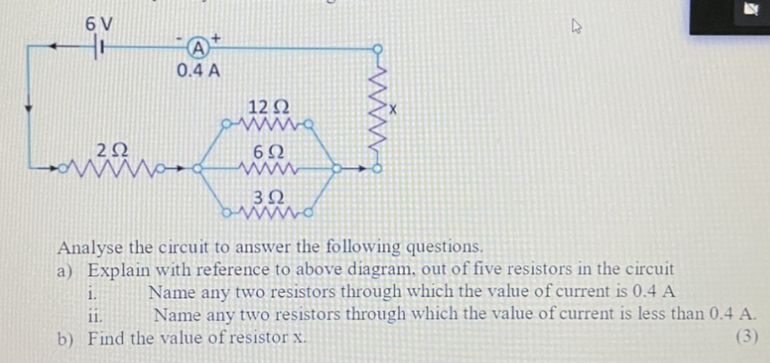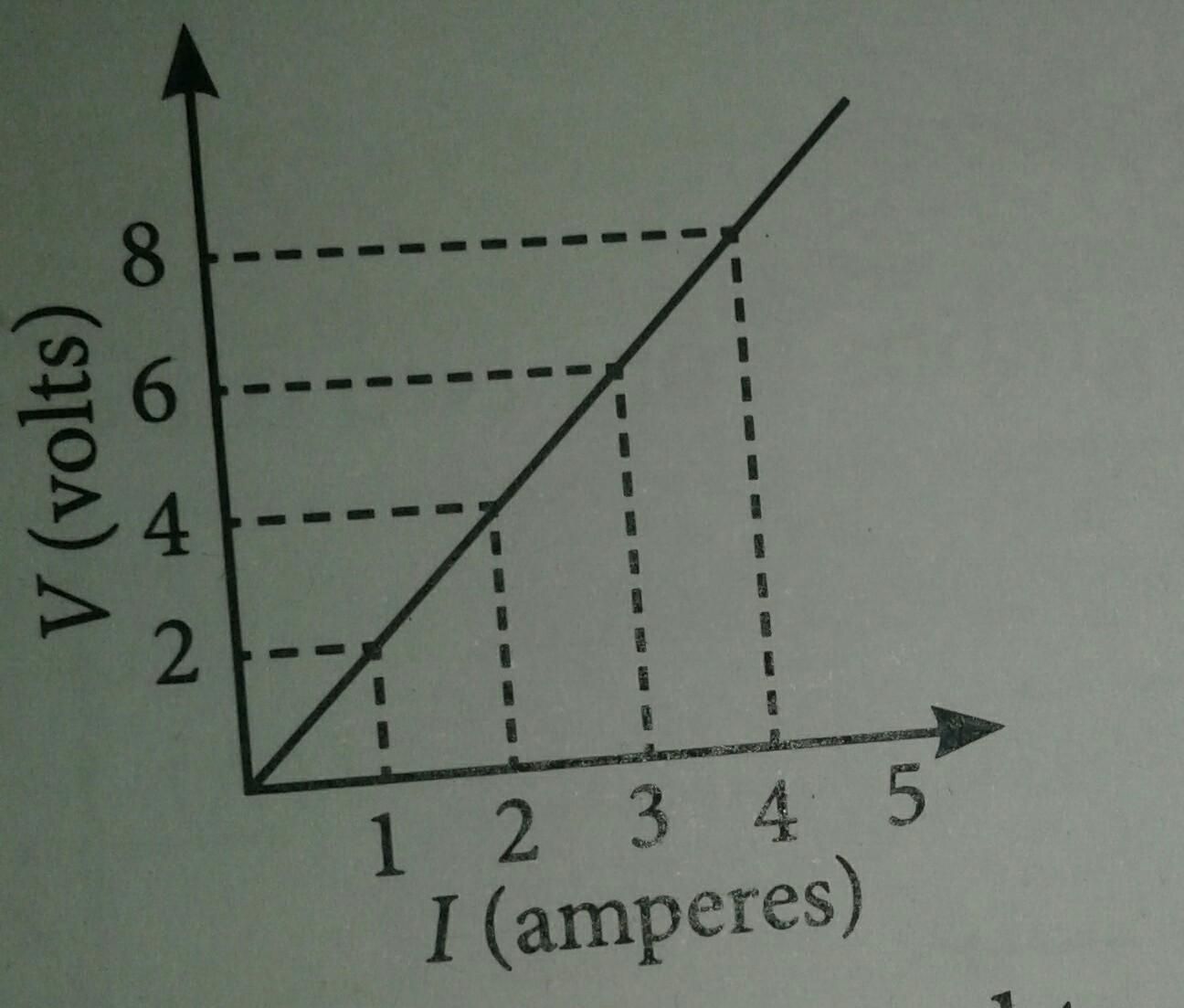CBSE Class 10 Answered
difference between resistance and resistivity.
Asked by Mrinal Ghezta | 18 Jun, 2014, 06:25: AM
Resistance of a conductor is the property of a conductor due to which it opposes the flow of current through it .Resistance of a conductor is numerically equal to the ratio of potential difference across its ends to the current flowing through it.

The resistance of a wire depends on the following factors:
- Directly proportional to the length (l) of the wire.
- Inversely proportional to the area of cross-section of the wire.
- Nature of the material of wire.
combining all we can write that.
 .
.
Here, ρ is the constant of proportionality and is called the electrical resistivity or specific resistance of the material of the wire.
The resistivity will be given as 

If l= 1, A = 1, then r = R.
Thus, we define resistivity as the resistance of a wire of that material of unit length and unit area of cross section.
Answered by Jyothi Nair | 19 Jun, 2014, 10:33: AM
Application Videos
Concept Videos
CBSE 10 - Physics
Asked by khajannirwan | 27 Feb, 2024, 22:20: PM
CBSE 10 - Physics
Asked by prassanna.j | 03 Sep, 2023, 12:13: PM
CBSE 10 - Physics
Asked by sr558079 | 27 May, 2022, 13:40: PM
CBSE 10 - Physics
Asked by alka08156 | 17 Jul, 2021, 19:27: PM
CBSE 10 - Physics
Asked by rameshsanjaay3 | 08 Jun, 2021, 16:07: PM
CBSE 10 - Physics
Asked by praveengupta2919.9 | 31 May, 2021, 14:53: PM
CBSE 10 - Physics
Asked by harjot.arshleen | 21 May, 2021, 18:48: PM
CBSE 10 - Physics
Asked by bobyison | 02 May, 2021, 18:35: PM
CBSE 10 - Physics
Asked by kritikabrahma23 | 13 Apr, 2021, 19:22: PM











